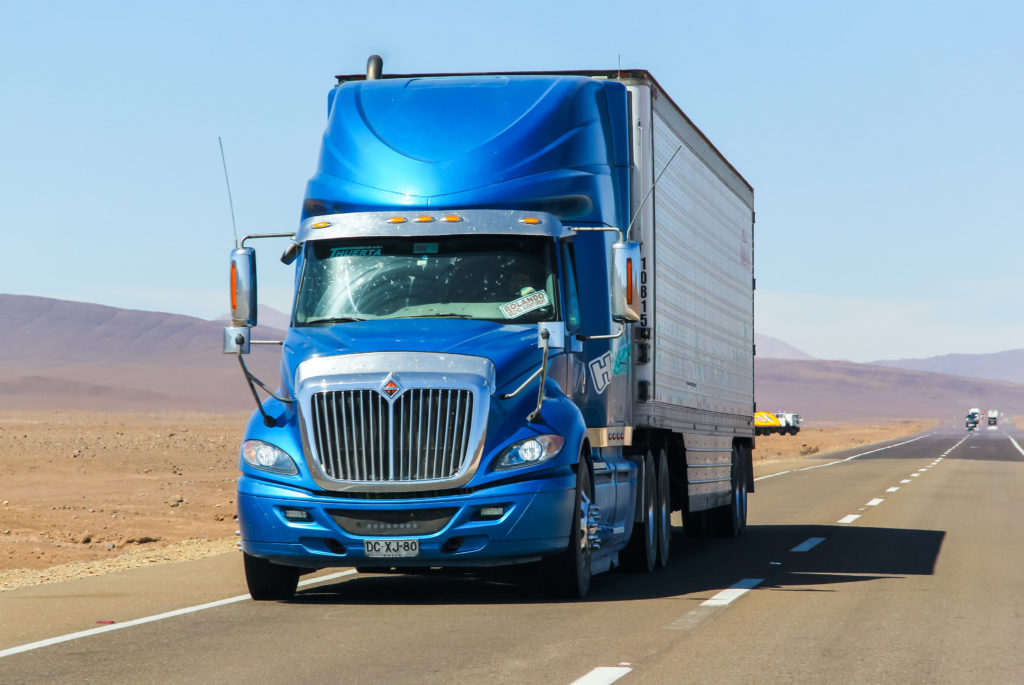Chris Spear, President of American Trucking Associations, has accepted a contract that will extend the length of his current position for another five years.
“I’m grateful for the confidence and support of the ATA Board, and I’m excited to take on the challenges that lie ahead,” said Spear. “I am honored to work on behalf of this incredible industry, and I look forward to continuing to strongly advocate for trucking, as well as grow ATA’s impact and influence.”
ATA announced the extension in May, and Spear made official his signing of the new contract at the 2021 ATA Mid-Year Management Session.
“We have been fortunate to have Chris at the helm during the past five years,” said treasurer of ATA and CEO of FedEx Ground, John Smith. “Chris’ strong, smart leadership has benefited ATA immensely, and we look forward to how his passion and innovative thinking will continue to position the association and the industry for success.”
Since his induction to the position in July of 2016, Spear has prioritized highway safety and infrastructure improvements, particularly.
“Chris has proven himself as an exceptional leader of ATA during the past five years, elevating the organization and providing tremendous vision for our industry at a critical time,” said Sherri Garner Brumbaugh, Chairman of ATA. “We look forward to how he will chart the course for the association in the years ahead.”
Also acknowledging an industry accomplishment is the American Transportation Research Institute, which is celebrating two decades of collecting and analyzing helpful industry research to push the trucking world forward.
ATRI came into fruition when the ATA Foundation and members of American Trucking Associations wanted to find ways to best conduct adequate research to help the transportation industry find answers and solutions to the challenges it was facing. Thus, American Transportation Research Institute was born, and aims to provide further insight into the largest concerns of trucking industry members and experts.
ATRI has also developed a widely-respected and referred-to annual ‘Most Wanted’ list, which the industry monitors closely to find the most pressing issues needing to be addressed as efficiently and quickly as possible each year.
Because the primary goal for ATRI is research and analysis, it has a much different job than that of the ATA Foundation, said Rebecca Brewster, Chief Operating Officer and President of ATRI.
“Former ATA Foundation Chairman Mike Wickham’s vision was that we would have industry input to identify these topics, and the separation between ATRI and the American Trucking Associations–because ATA is an advocacy and lobbying organization–that’s what they do,” she explained. “That greater firewall between ATRI as a research organization and ATA gives us more credibility.”
The ‘Top Traffic Bottlenecks’ annual report is another of ATRI’s most highly-considered, which has helped many companies determine where their truckers may be stuck in traffic as well as where and how their hours-of-service compliance capabilities may be compromised.
“It might change the timing of some of our routes, or how we dispatch our drivers or utilize them, and it’s critical we get [those things] right,” explained Judy McReynolds, CEO of ArcBest. “And when you have ATRI’s research reporting on the impact of that, it helps both the businesses and the regulators to really see that.”
Not only has ATRI researched bottlenecks and congestion issues, but it has also studied methods of boosting truck parking capability, truck driver health and wellness, infrastructure funding, and truck driver wages and retention.
“It was obvious to many that the industry needed a research-based, science-based organization, and ATRI was formed,” said McReynolds. “Many times, there are topics that are talked about and looked at in [the] press and in government that really need this research to come to the right conclusions. It’s almost hard to believe that the industry could function without ATRI.” McReynolds also added that her company regularly utilizes data released by ATRI to determine where to build additional congestion-relieving terminals, as well as how to recruit and retain new truckers.
Additionally, ATRI has made major efforts to advocate for drivers and fleets in terms of potential new legislation.
ATRI’s research “is also valuable data for different areas of the government–Congress, the House, Senate,” noted Pitt Ohio COO, James Fields. “This data is so well-respected, it is often used in hearings and other government proceedings. I think over the years ATRI has been an undisputed source of accurate data about the trucking industry. It has built a reputation of being a go-to source for data.”





